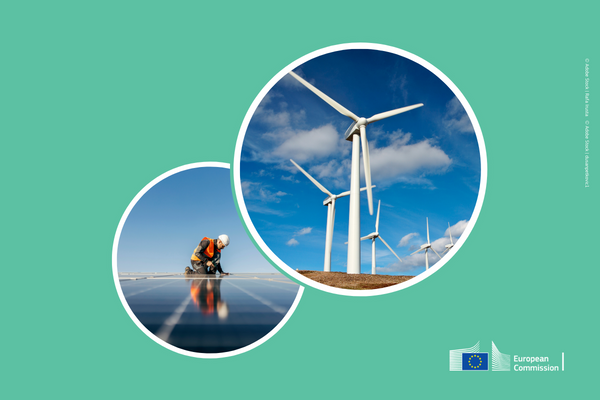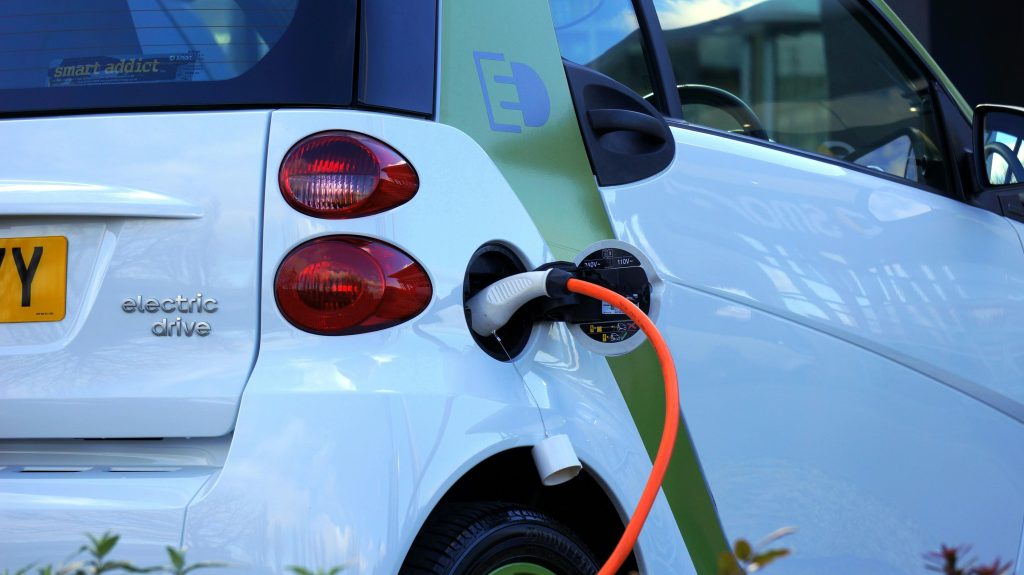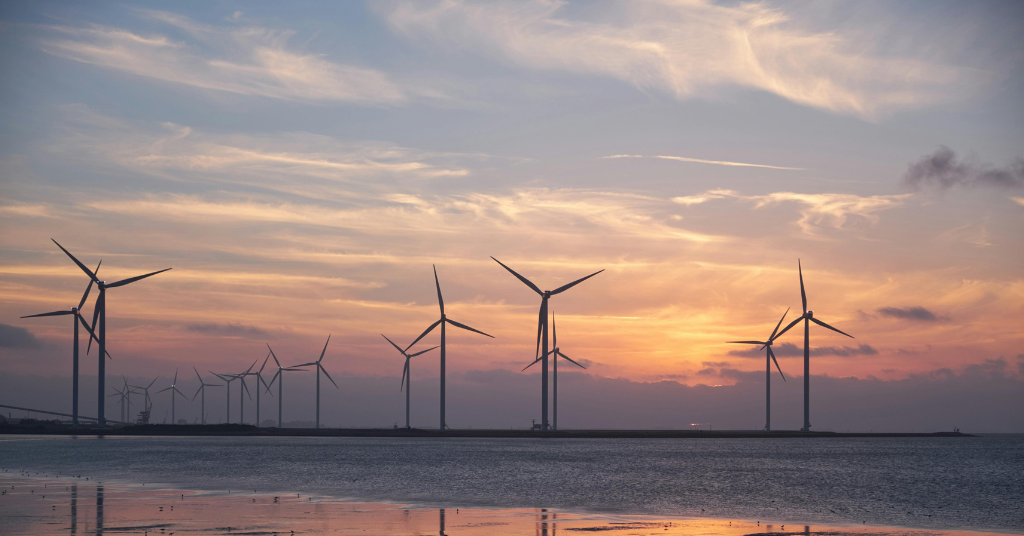As the European Union (EU) intensifies its efforts to combat climate change, the Fit for 55 package, a cornerstone of the European Green Deal, is set to reshape energy policy across the region. Designed to ensure a 55% reduction in greenhouse gas (GHG) emissions by 2030 compared to 1990 levels, Fit for 55’s implementation in 2025 and beyond will bring significant changes in energy production, transportation, and consumption. Here’s a closer look at what lies ahead for the EU’s energy transition.
1. Scaling renewable energy
One of the most transformative elements of Fit for 55 is its emphasis on renewable energy adoption. The EU’s Renewable Energy Directive (RED III), part of the package, raises the 2030 target for renewable energy to 42.5%, with an additional indicative target of 45%.
- Solar power boom: Solar energy capacity is expected to double by 2027, with member states incentivized to streamline permitting processes for solar installations.
- Impact: This will make rooftop solar installations more accessible and accelerate the deployment of solar farms.
- Offshore wind expansion: Coastal countries are collaborating on offshore wind projects, such as the North Sea Wind Power Hub. These efforts are projected to power millions of homes and industries with clean energy.
- Hydrogen economy: Green hydrogen is gaining traction as a cornerstone for decarbonizing industries like steel, chemicals, and heavy transport. Projects like the Port of Rotterdam Hydrogen Hub illustrate how the EU is leading in hydrogen innovation.

sources: ©AdobeStock Rafa Irusta/dusanpetkovic1
2. Emissions trading system (ETS) reforms
The Fit for 55 package includes reforms to the EU Emissions Trading System (ETS), which sets a cap on emissions for heavy industry, power plants, and aviation.
- Expanded scope: From 2027, the ETS will extend to buildings and road transport, requiring fuel suppliers to purchase allowances.
- Higher carbon prices: Stricter caps on emissions will drive up carbon prices, incentivizing cleaner energy sources and energy efficiency improvements.
Outlook: These measures are expected to channel more funding into renewable projects and drive innovation in low-carbon technologies.
3. Accelerating electric mobility
The EU’s transition to electric vehicles (EVs) is another critical component of Fit for 55.
- EV sales targets: By 2035, all new cars and vans sold in the EU must be zero-emission vehicles. In the near term, 2025 will see strengthened CO2 standards for car manufacturers.

- Charging infrastructure: The Alternative Fuels Infrastructure Regulation (AFIR) mandates the installation of charging stations every 60 km along major highways.
Impact: With enhanced charging networks and incentives for EV adoption, consumers will find switching to electric mobility more feasible and appealing.
4. Energy efficiency in buildings
Buildings account for 40% of the EU’s energy consumption. Fit for 55 aims to cut this through the Energy Performance of Buildings Directive (EPBD).
- Renovation Wave: The EU will provide grants and incentives for retrofitting older buildings to improve insulation and integrate renewable energy systems.
- Energy Performance Standards: New construction will need to meet near-zero energy building (NZEB) standards.
Goal: By 2030, the EU aims to double the renovation rate of buildings to reduce emissions and energy costs.
5. Support for low-income households and businesses
Recognizing the financial burden of the green transition, the EU Social Climate Fund will provide €72 billion to assist low-income households and small businesses.
- Subsidies and grants: Support will be available for energy-efficient home upgrades and transitioning to electric vehicles.
- Job creation: Investments in renewable energy and infrastructure are expected to generate over one million new green jobs by 2030.

The road ahead
As the EU implements Fit for 55 policies, 2025 will mark a pivotal year for climate action. From boosting renewables to transforming transportation and energy efficiency, the package provides a comprehensive framework for a sustainable future. However, success hinges on collaborative efforts among governments, industries, and citizens to meet these ambitious goals.
By committing to these changes now, the EU is setting a global example for climate leadership and proving that bold action can pave the way for a cleaner, greener world.
Sources and references:
https://afdc.energy.gov/vehicles/how-do-all-electric-cars-work




